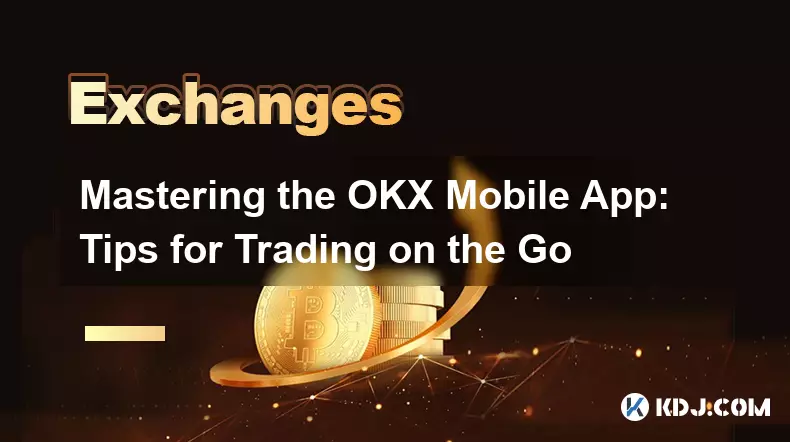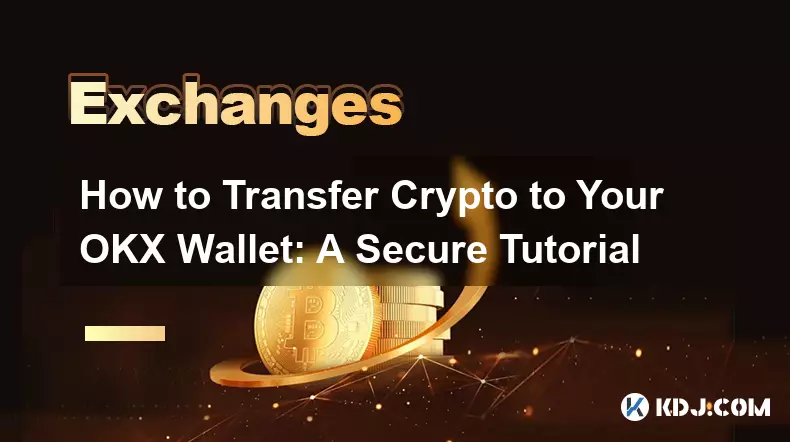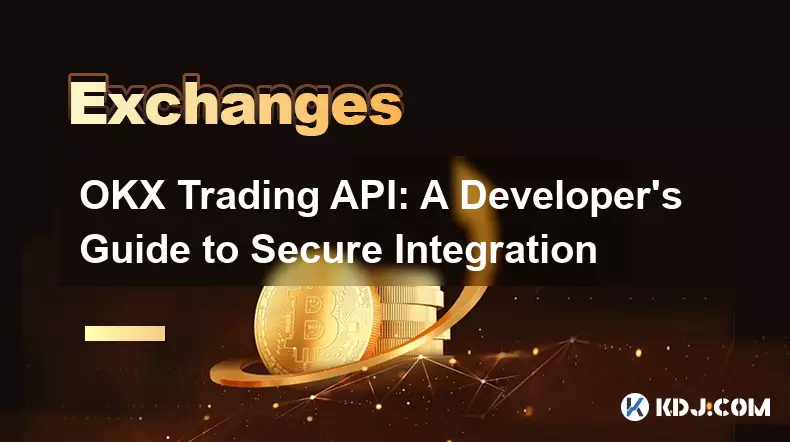-
 bitcoin
bitcoin $107015.826941 USD
-2.18% -
 ethereum
ethereum $3637.352324 USD
-5.18% -
 tether
tether $0.999831 USD
-0.02% -
 xrp
xrp $2.338078 USD
-6.23% -
 bnb
bnb $998.272150 USD
-6.97% -
 solana
solana $167.598257 USD
-10.12% -
 usd-coin
usd-coin $0.999863 USD
0.01% -
 tron
tron $0.282573 USD
-5.09% -
 dogecoin
dogecoin $0.169891 USD
-7.39% -
 cardano
cardano $0.557554 USD
-7.03% -
 hyperliquid
hyperliquid $39.914802 USD
-5.85% -
 chainlink
chainlink $15.414549 USD
-9.97% -
 bitcoin-cash
bitcoin-cash $510.361911 USD
-4.26% -
 ethena-usde
ethena-usde $0.999194 USD
-0.03% -
 stellar
stellar $0.282092 USD
-6.07%
How to Set Up a Binance Trading Bot: A Step-by-Step Tutorial
Binance trading bots use API keys to automate strategies like grid trading and DCA, but require careful setup, security measures, and risk management for optimal performance.
Nov 05, 2025 at 12:15 am

Understanding the Binance Trading Bot Ecosystem
1. Binance offers a robust API system that allows third-party developers and traders to interact directly with the exchange’s order books, account balances, and trading history. This API access forms the foundation for any automated trading bot. To begin, users must generate API keys from their Binance account under the API Management section.
2. When creating an API key, it is essential to enable only the permissions necessary for the bot’s operation—typically 'Enable Reading' and 'Enable Spot & Margin Trading.' Disabling withdrawal permissions significantly reduces the risk of fund loss in case the key is compromised.
3. The API secret key should never be shared or stored in plaintext. It acts as a password to your trading capabilities on Binance. Many bots require both the API key and secret key during setup to authenticate requests.
4. Binance supports several types of bots through external platforms such as 3Commas, Bitsgap, and Pionex. These platforms integrate seamlessly with Binance via API, allowing users to automate strategies like grid trading, DCA (Dollar-Cost Averaging), and futures scalping.
5. Before connecting any bot, ensure your Binance account has two-factor authentication (2FA) enabled. This adds an extra layer of security beyond just the API keys and helps protect against unauthorized access.
Configuring Your First Automated Strategy
1. After selecting a bot platform, connect your Binance account by pasting the API key and secret into the designated fields. Most platforms provide a test connection feature to confirm successful integration.
2. Choose a trading strategy based on market conditions and risk tolerance. For example, a grid trading bot works well in sideways markets by placing buy and sell orders at predefined price intervals.
3. Set parameters such as base asset (e.g., USDT), quote asset (e.g., BTC), upper and lower price limits, number of grid levels, and total investment amount. These values determine how frequently trades are executed and within what range.
4. Always start with a small capital allocation when testing a new bot configuration. Live market behavior can differ drastically from backtested results.
5. Monitor the bot’s initial performance over 24 to 48 hours. Check for unexpected behaviors such as rapid order cancellations, slippage issues, or failure to rebalance after trades.
Optimizing Performance and Risk Controls
1. Adjust leverage settings carefully if using futures bots. High leverage may amplify gains but also increases liquidation risk during volatile swings.
2. Implement stop-loss mechanisms either within the bot interface or via Binance’s built-in conditional orders. Some advanced bots allow trailing stops that follow price movements dynamically.
3. Regularly review trade logs and profit/loss reports generated by the bot platform. Look for patterns such as repeated losses during specific market events or time zones.
4. Avoid over-optimization based on historical data. Markets evolve, and a strategy tuned too tightly to past trends may fail under new conditions.
5. Use paper trading or demo modes offered by some platforms to validate changes before applying them to live funds. This practice helps refine entry and exit logic without financial exposure.
Frequently Asked Questions
Can I run multiple bots on the same Binance account?Yes, multiple bots can operate simultaneously using the same API key, provided they manage different trading pairs or strategies. However, overlapping grids or conflicting orders may lead to inefficiencies or increased fees.
What happens if my bot loses internet connection?Most bots rely on continuous connectivity to function. If the connection drops, pending orders remain active on Binance, but no new decisions will be made until service resumes. Hosting bots on cloud servers minimizes downtime risks.
Are Binance trading bots legal and compliant?Automated trading using APIs is permitted under Binance’s terms of service as long as users comply with regional regulations. Users are responsible for reporting profits and adhering to tax obligations in their jurisdiction.
How do I know if my bot is profitable?Profitability is measured by net realized gains minus trading fees and drawdowns over time. Most platforms provide dashboards showing ROI, win rate, and average trade duration. Compare these metrics against holding benchmarks to assess added value.
Disclaimer:info@kdj.com
The information provided is not trading advice. kdj.com does not assume any responsibility for any investments made based on the information provided in this article. Cryptocurrencies are highly volatile and it is highly recommended that you invest with caution after thorough research!
If you believe that the content used on this website infringes your copyright, please contact us immediately (info@kdj.com) and we will delete it promptly.
- Sequans, Bitcoin, and Debt Reduction: A NYC Perspective on a Bold Move
- 2025-11-05 03:50:12
- XRP Price Wobbles: Death Cross Looms as Ripple Token Navigates Choppy Waters
- 2025-11-05 04:10:01
- Altcoins, Perpetual Tokens, and ETH Price: Navigating the Crypto Current
- 2025-11-05 03:55:01
- Tether's Triumph: $10 Billion Profits and a Treasury Milestone
- 2025-11-05 03:55:12
- Crypto Coins with Growth Potential: Unearthing 2025's Hidden Gems
- 2025-11-05 04:00:01
- MoonBull, Crypto Presales, and Solana WLFI: Riding the Wave to Big Gains
- 2025-11-05 03:25:02
Related knowledge

Common Mistakes to Avoid on OKX: A Guide for New Traders
Nov 04,2025 at 03:37pm
Understanding the Interface Before Trading1. New traders often jump into placing orders without fully exploring the OKX platform layout. Taking time t...

OKX TradingView Integration: A Guide to Advanced Chart Analysis
Nov 02,2025 at 03:37am
OKX and TradingView: Bridging the Gap for Professional Traders1. OKX, one of the leading cryptocurrency exchanges, has integrated with TradingView to ...

Mastering the OKX Mobile App: Tips for Trading on the Go
Nov 05,2025 at 01:19am
Streamlined Navigation for Efficient Trading1. The OKX mobile app features a clean and intuitive interface that allows traders to access key functions...

How to Transfer Crypto to Your OKX Wallet: A Secure Tutorial
Nov 04,2025 at 11:39pm
Understanding the Basics of Crypto Transfers to OKX1. Before initiating any transfer, it’s essential to understand that OKX supports a wide range of c...

OKX Perpetual Swaps: A Comprehensive Trading Strategy Guide
Nov 04,2025 at 07:05pm
Understanding OKX Perpetual Swaps Mechanics1. Perpetual swaps on OKX are derivative contracts that allow traders to speculate on cryptocurrency price ...

OKX Trading API: A Developer's Guide to Secure Integration
Nov 02,2025 at 01:01am
Understanding the OKX Trading API Infrastructure1. The OKX Trading API is built on REST and WebSocket protocols, enabling developers to access real-ti...

Common Mistakes to Avoid on OKX: A Guide for New Traders
Nov 04,2025 at 03:37pm
Understanding the Interface Before Trading1. New traders often jump into placing orders without fully exploring the OKX platform layout. Taking time t...

OKX TradingView Integration: A Guide to Advanced Chart Analysis
Nov 02,2025 at 03:37am
OKX and TradingView: Bridging the Gap for Professional Traders1. OKX, one of the leading cryptocurrency exchanges, has integrated with TradingView to ...

Mastering the OKX Mobile App: Tips for Trading on the Go
Nov 05,2025 at 01:19am
Streamlined Navigation for Efficient Trading1. The OKX mobile app features a clean and intuitive interface that allows traders to access key functions...

How to Transfer Crypto to Your OKX Wallet: A Secure Tutorial
Nov 04,2025 at 11:39pm
Understanding the Basics of Crypto Transfers to OKX1. Before initiating any transfer, it’s essential to understand that OKX supports a wide range of c...

OKX Perpetual Swaps: A Comprehensive Trading Strategy Guide
Nov 04,2025 at 07:05pm
Understanding OKX Perpetual Swaps Mechanics1. Perpetual swaps on OKX are derivative contracts that allow traders to speculate on cryptocurrency price ...

OKX Trading API: A Developer's Guide to Secure Integration
Nov 02,2025 at 01:01am
Understanding the OKX Trading API Infrastructure1. The OKX Trading API is built on REST and WebSocket protocols, enabling developers to access real-ti...
See all articles










































































